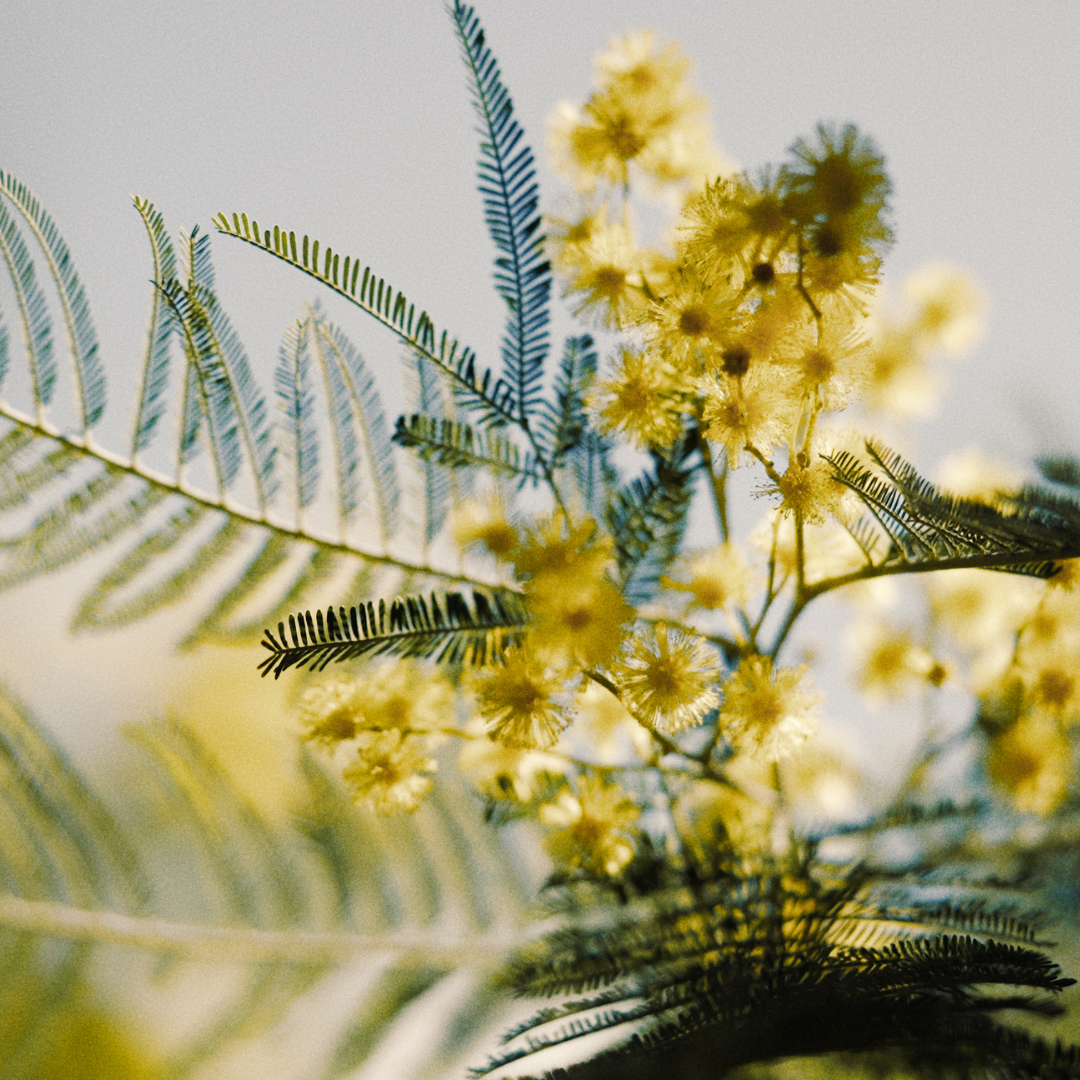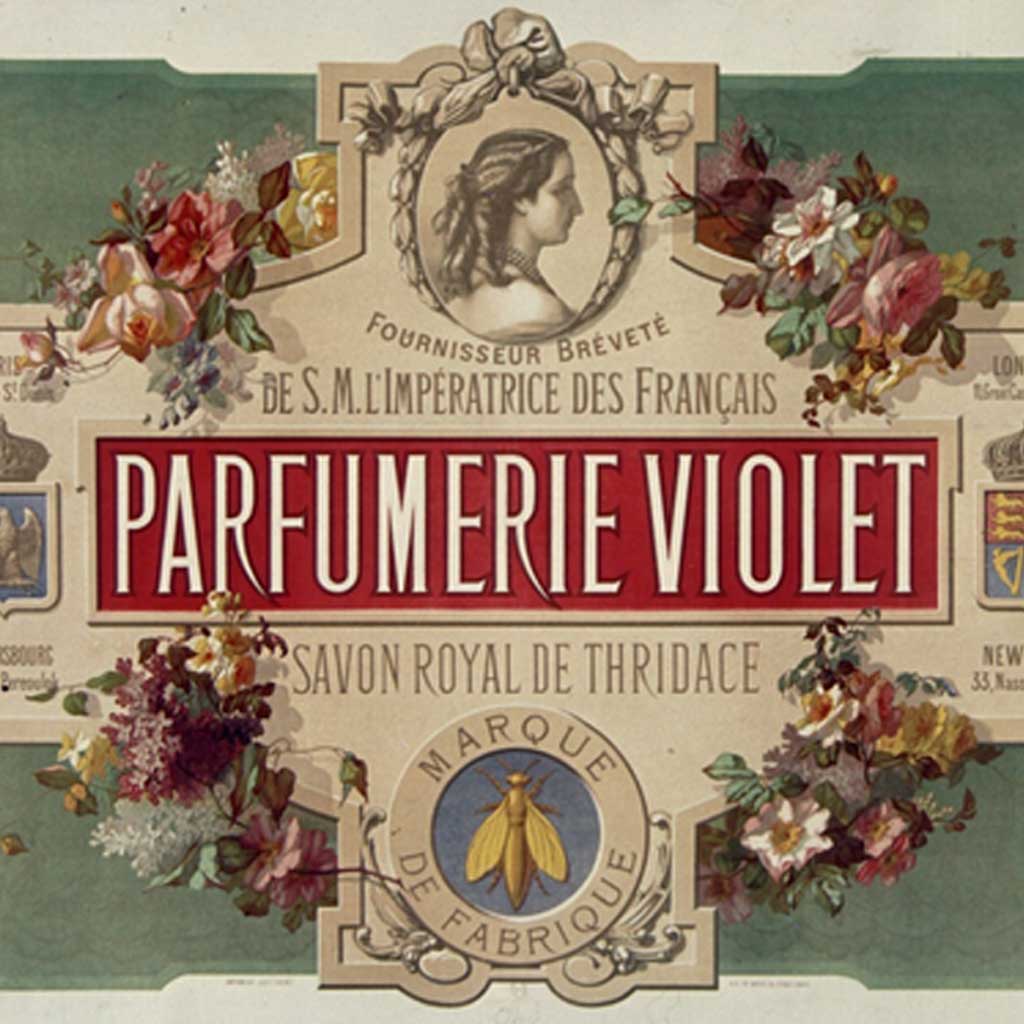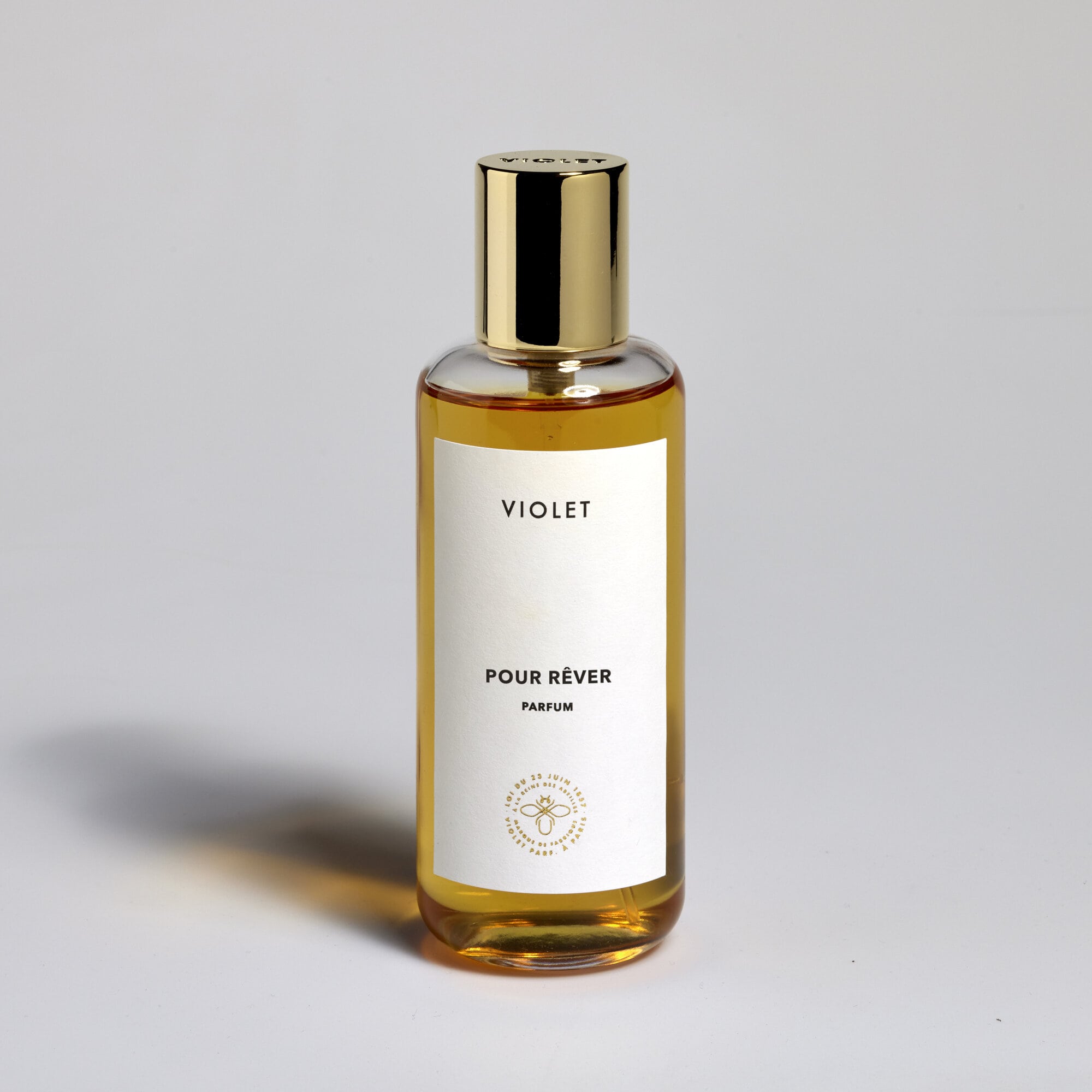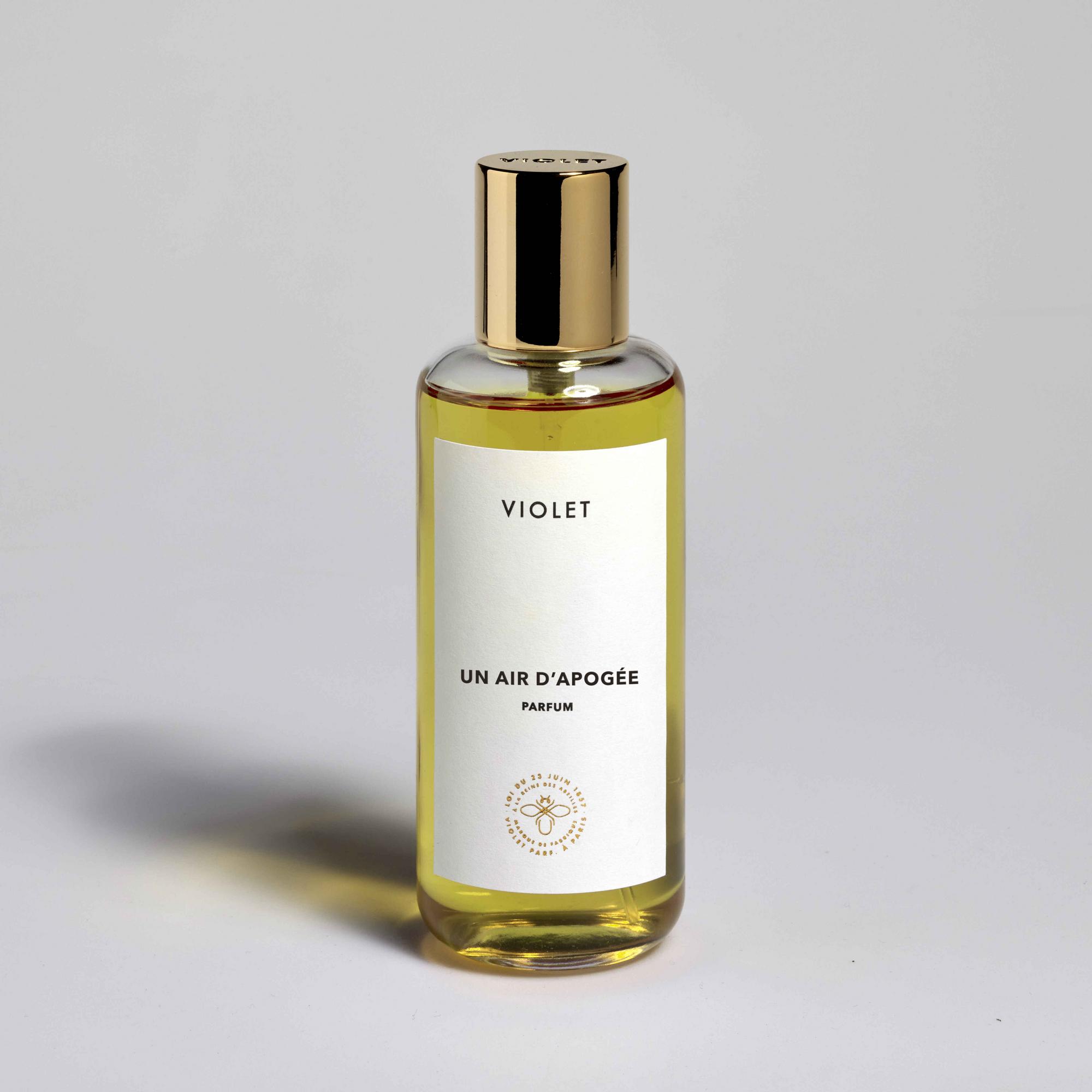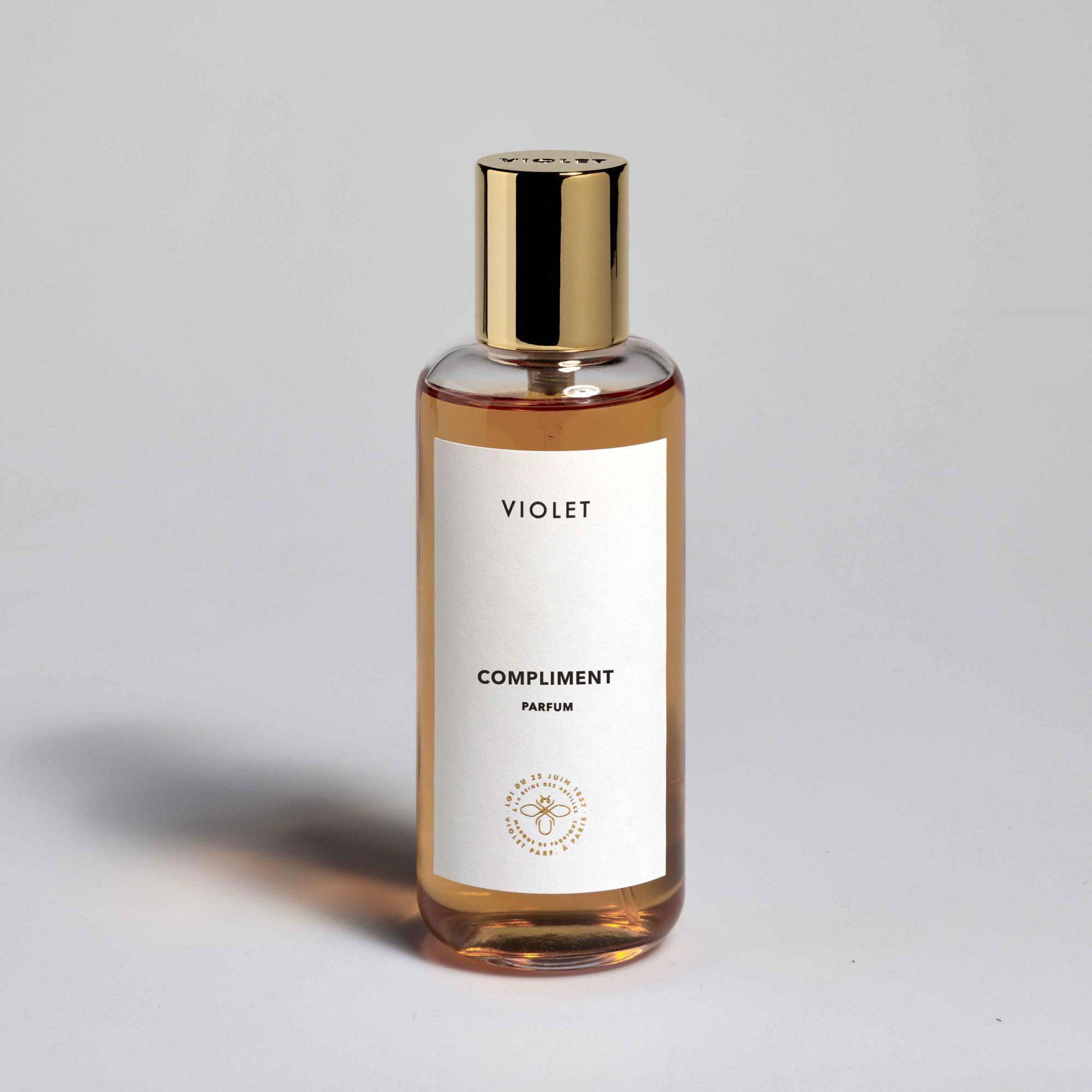Perfumery guide #4 - Natural perfume
·

·

Originally, the problem was avoided, eluded or even erased, then, one fine morning, the world woke up. Public opinion has taken an interest in major evils such as the pollution of ecosystems or the overexploitation of natural resources. We became aware of the sabotage of our beautiful planet and from this observation a commendable movement was born: to consume better and above all more intelligently. Still in its infancy, this movement is too often perceived as a fad where organic/natural is, at best, a marketing argument and, at worst, a smokescreen. The Americans even have terms for this: greenwashing or green is green (green is money, editor's note).
We will focus on the natural and organic argument in the perfumery sector. Right or wrong ?
In the detours of a shelf of perfume bottles, you have certainly already come across these new labels. We will talk again because twenty years ago, most were simply non-existent. There are now several dozen of them and it is often difficult to find your way around the arguments of each. But don't worry, we are going to discuss with you some of the claims of green labels applied to perfumery.

- The number of elements that go into the composition of a perfume are reduced. We find the concentrate which is a fragrant mixture of natural and synthetic raw materials, water, alcohol and various additives such as antioxidants, quelatants and other sun filters. The quantities of each element then vary from one formula to another. However, in most cases, more than 80% alcohol and water are found. It is then enough to use a natural and/or organic alcohol in a perfume to consider the overall formula natural and organic at more than 80%.
- The Vegan label is a label that advocates the total absence of raw materials of animal origin in the perfume. It is worth remembering that there is only a tiny quantity of these raw materials left in European perfumery because most of the creative houses, for ethical reasons, have simply banned their use.
- The cruelty free label towards animals is a label which ensures that no animal has been used and/or mistreated during the development of the perfume. Remember that cosmetic tests on animals have been banned in Europe since 2004 and that perfumes are never tested on animals but on panels of voluntary people. The cruelty free label could then be affixed to each bottle from the European market.
- There is a notable difference between the so-called “natural origin” and “natural” labels. A raw material is said to be natural when it is obtained by "mechanical extraction" such as distillation or cold extraction and has therefore not undergone any so-called "chemical" transformation. Whereas a raw material is of natural origin when chemistry intervenes. It can very well, for example, go through solvent baths to extract the targeted chemical components. More generally, there is no official definition of “natural”, nor any legislation governing this term. So pay attention to turns of phrase such as “with natural plant extracts” and other sometimes misleading terms.
- Finally, check the conditions of the organic labels affixed to the products. Some will be more legitimate than others. Take into account the minimum thresholds of natural ingredients (at least 95%) or the use of ingredients from renewable resources and transformed by processes that respect the environment.
In conclusion, green labels are a necessary first step in order to consume more intelligently. They have proven themselves in many areas such as food and textiles. However, we must avoid nonsense or excess and there is still a long way to go for perfumery. And even if it is good to label in order to better understand and point out flaws and abuses, this sometimes leads us away from another truth. In the next article we will see together why chemistry is often essential to modern perfumery and why it is sometimes necessary to use synthetic products. So yes to labels and no to truisms.


